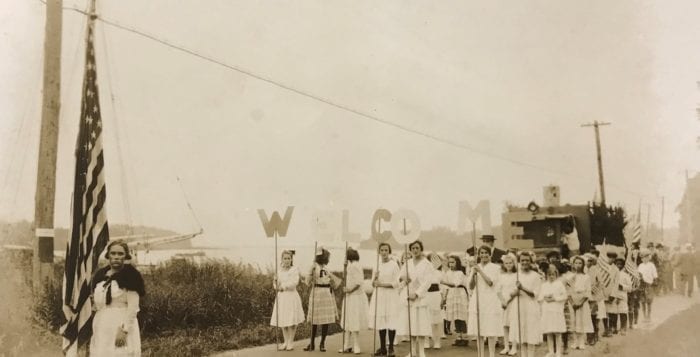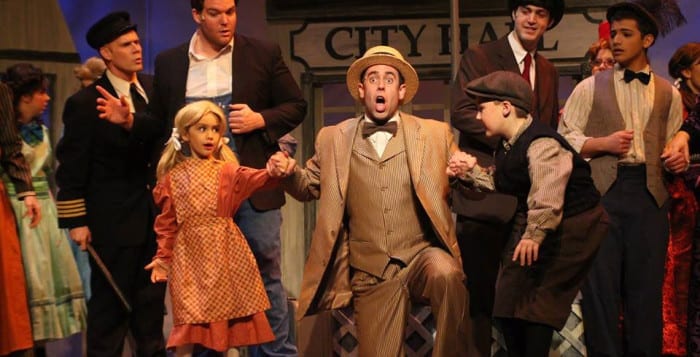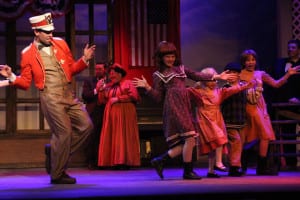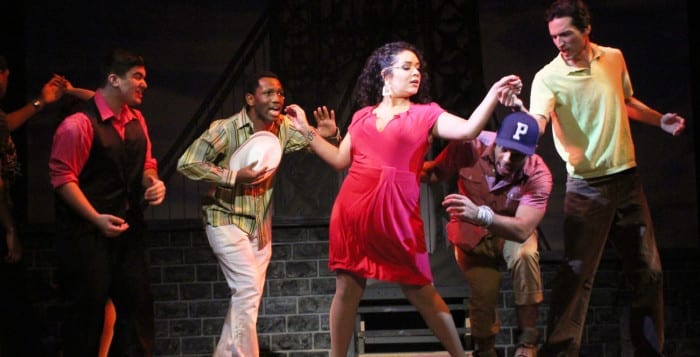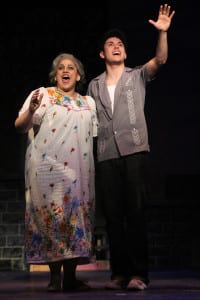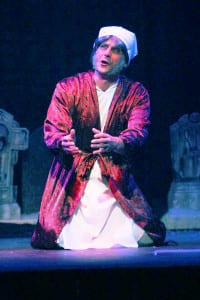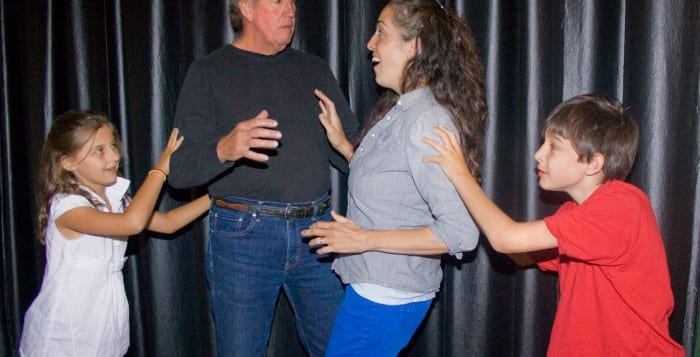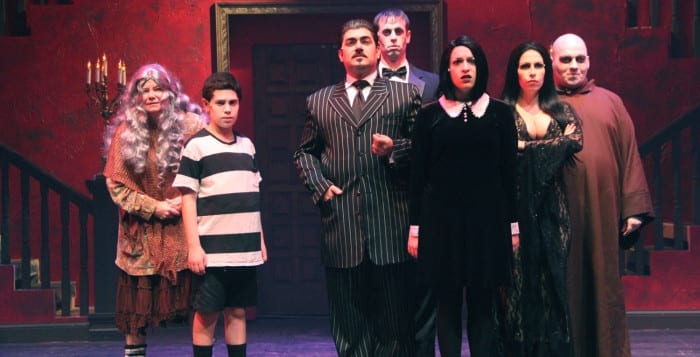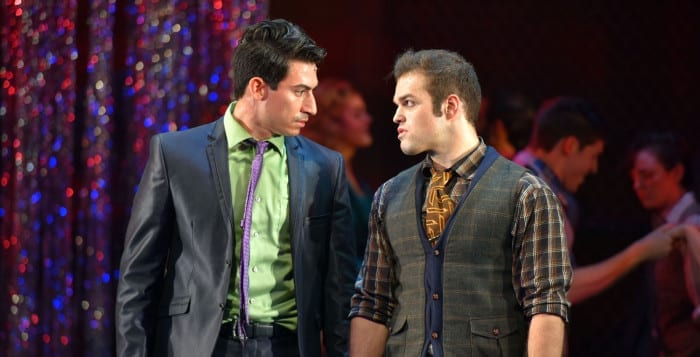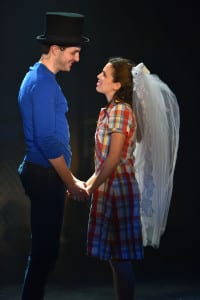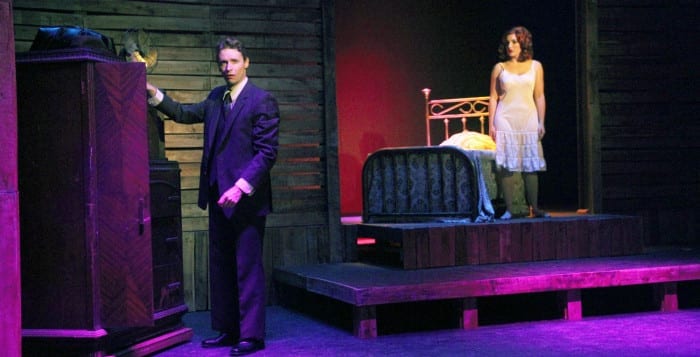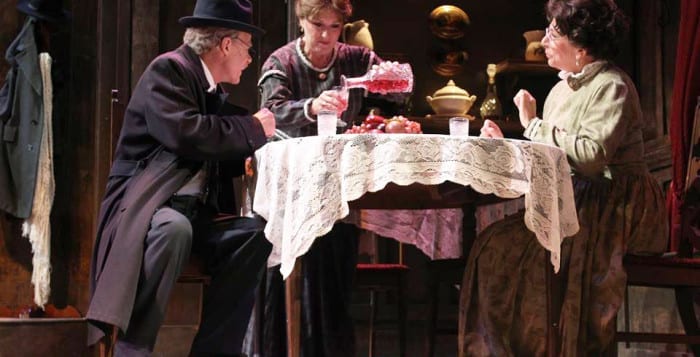By Charles Morgan
“Der Krieg ist vorbei.” “La guerre est finie.” “The damned thing is ended.” “Let’s git the hell home.”
So it was 100 years ago on Nov. 11, 1918, at 11 a.m. that World War I, the most destructive war in the world at the time, was over. The Germans, French, Austrian-Hungarians, Italians, Turks, British and Americans, among others, had stopped shooting at one another; the Russians had ceased the previous year.
At this single juncture, several empires had fallen: the Hohenzollern of Germany, the Romanov of Russia by internal Communist revolution, the Habsburg of Austria and the Ottoman of Turkey. Even the victors suffered. The British Empire was all but broke; France was gutted; and the United States was becoming aloof as it entered the Roaring Twenties with most people not knowing what the Treaty of Versailles in 1919 was all about. However, there were four more, known as the suburban treaties: St. Germain with Austria, Neuilly with Bulgaria, Trianon with Hungary and Sèvres with Ottoman Turkey. This last one had to be renegotiated at Lausanne in Switzerland in 1923.
Germany had to give up Alsace-Lorraine which it had taken from France in 1870. The Germans were limited to an army no larger than 100,000 men and a navy with manpower not exceeding 15,000, possessing only a limited fleet and absolutely no submarines. There was to be no air force.
Two countries were literally invented. Parts of the Habsburg Empire with Bohemia, Moravia and Slovakia became Czecho-Slovakia. In the Balkans, the Paris peacemakers instituted the Kingdom of Serbs, Croats and Slovenes, later mercifully shortened to Yugoslavia.
The famous T.E. Lawrence of Arabia had helped unify the various desert tribes in the Arab Revolt against the Turkish armies. King Faisal I of Iraq assumed he would be king of it all, but saw his plan nullified by the secret 1916 Sykes-Picot Agreement, which enabled France to take over Syria and Lebanon among other countries, while Britain established protectorates over Palestine and Transjordan. These were called mandates. Eventually, in 1932, a large piece of desert land would be called the Kingdom of Saudi Arabia. The viscous black fluid that soiled the camels’ hooves was to be the future of “the Middle East.”
Disarmament was the outcry, and it engendered a series of treaties the first of which was the Washington Naval Conference of 1921-22. The United States, Britain, Japan, France, Italy and others hammered out a treaty severely limiting construction of warships. It referred mainly to battleships, leaving little consideration of cruisers and aircraft carriers. In effect, this was the first arms-control conference in history. A small coterie of American and Japanese admirals held that aircraft carriers would be the strategic naval weapon of the future — a point disastrously proven Dec. 7, 1941, at Pearl Harbor.
Then came Benito Mussolini. In 1922, he and his followers, called Fascisti, gathered in Rome, allowing King Victor Emmanuel III to remain on the throne, but with Mussolini as Il Duce. His navy was to dominate the Mediterranean, with its state-of-the-art battleships such as the Vittorio Veneto; the Condottieri-class cruisers with flowing names like Eugenio di Savoia; and speedy Soldati-class destroyers. Yet when the Italians clashed with the British Royal Navy as early as 1936 in the Spanish Civil War and later battles, they revealed a lack of leadership as did the land forces.
The fighting had not stopped. The 1918 Treaty of Brest-Litovsk, which took Russia out of the war also ushered in communism. The Spartacists violently took over Bavaria, calling it the People’s State of Bavaria. Demobilized German soldiers made short work of this nascent Communist effort. At the same time, now-Communist Russia under Lenin sent the Red Army into Poland under Marshal Mikhail Tukhachevsky.
In 1920, the Russians pushed back the Poles all the way to the gates of Warsaw. But then came the “Miracle on the Vistula,” when Polish Marshal Józef Pilsudski sent the Reds reeling back to Russia. The Poles, therefore, became the first ever to defeat the Red Army in the field of battle. In 1919 Hungarian revolutionary Béla Kun fomented the Communist revolution in Budapest which was put down by the forces of Regent Miklós Horthy. By 1926, Mustafa Kemal Atatürk in Turkey, who had abolished the caliphate, was making changes designed to convert the country into a secular republic, including taking fezzes and turbans off the men, and introducing the Latin alphabet.
On that November day in 1918 an Austrian corporal, recovering from wounds in a field hospital and sporting a sizable imperial handlebar mustache — later trimmed to a Chaplinesque toothbrush — as well as the Iron Cross 1st Class, was mulling over in the darkest recesses of his mind, a way to avenge Germany’s defeat brought about by the “November Criminals.” His name was Adolf Hitler.
Charles Morgan is a freelance writer from Stony Brook, and gives a personal view of the aftermath of World War I.

